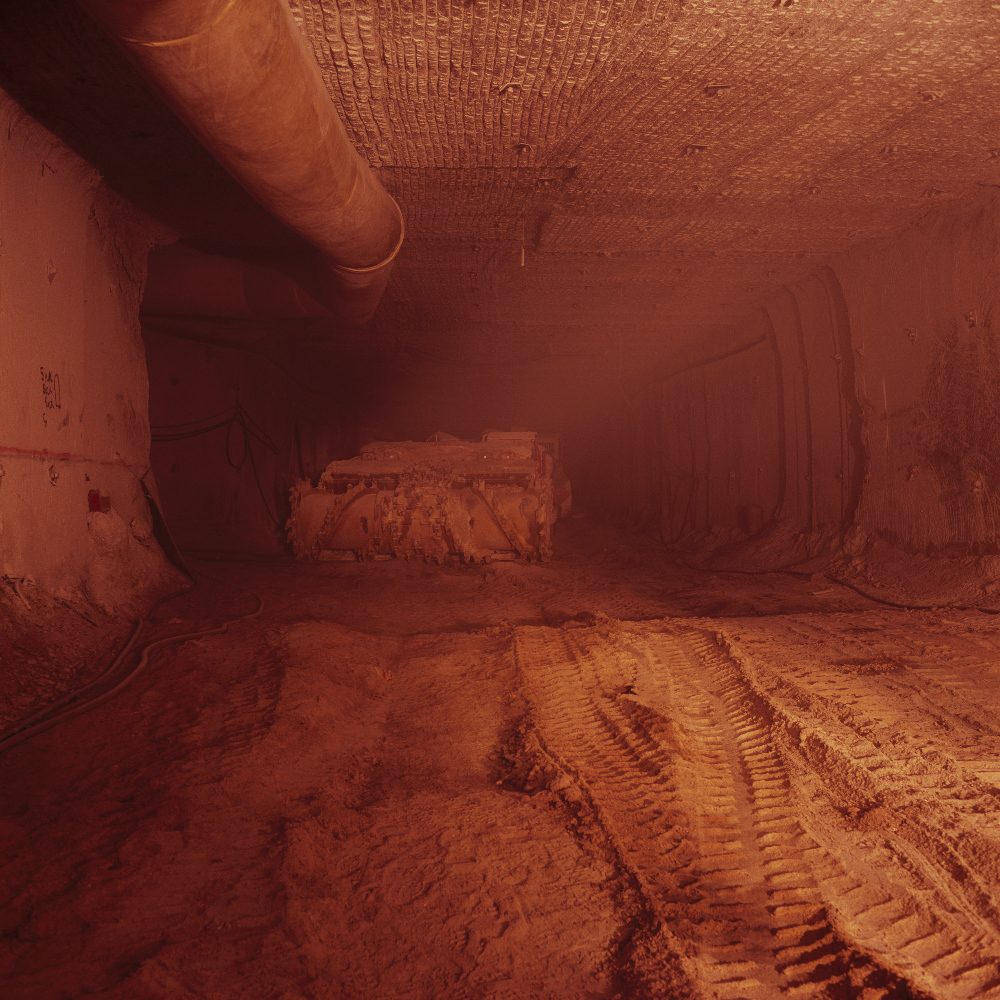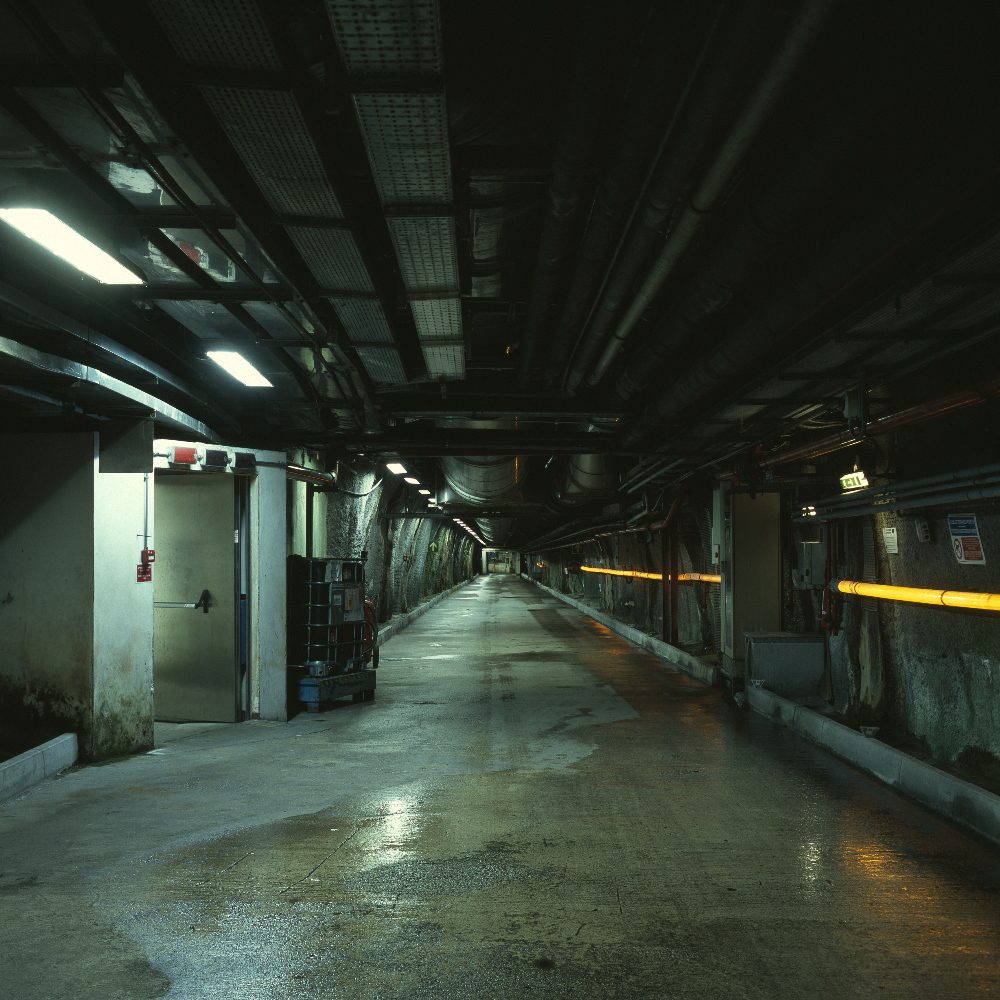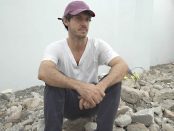[dropcap style=”font-size:100px; color:#992211;”]T[/dropcap]ime erodes. A photograph is created by exposure to light and yet over time the same process causes the object to fade.
The entropic nature of the photograph has a reality by devolving within a time frame. By being finite it has a life and thus transmits aspects of object-oriented discourse where human perception is lessened in favour of what Lawrence Durrell might call ‘the spirit of place’. The photograph contains a captured vision of its subject, and while the scene might remain fixed, the representation of that scene changes with time.
The interplay of representation and entropic object, subject and multilayered ideas of time (the object, when the photo was taken, and the time to view the object) and subject matter lie at the heart of Fiona Crisp ’s work. Known for her large-scale photographic installations her works are meant to be experienced as much as seen. They remind us that while earlier in Western culture space and time were measured in the context of the body, progressive scientific discoveries have pursued knowledge beyond what we can naturally perceive.#

Fiona Crisp. Boulby: Joy 3 Continuous Miner. From Material Sight 2018
Currently serving as Professor in Fine Art at Northumbria University Fiona Crisp ‘s work has been developed as a dialogue with scientists regarding the visualisation of data and concepts. Her current project Material Sight: re-presenting the spaces of fundamental science, funded by the Leverhulme Trust, pursues these questions through collaboration with three research facilities by using still and moving imagery to place us in bodily relation to the physical spaces and laboratories where fundamental science is performed.

Fiona Crisp LNGS: Exit. From Material Sight 2018
“Material Sight was a research project that brought together my long-term interest in the ontology of the photographic image with thinking about the roles that imagination, visualisation and doubt might play in the cultural assimilation of fundamental science and technology. Over the course of the project I worked with three world-leading research facilities where physicists and cosmologists are expanding the limits of what we can know and imagine about the universe. At these sites I asked scientists to: trust me to be in their environment; to give me access to ideas, spaces, and equipment; and to take a risk with me in what is a speculative process that posits the role of film and photography as non-documentary and non-interpretive while (probably most controversially) proposing the production of knowledge through looking. The project came to fruition with two exhibition installations in Sunderland and London, both of which used large-scale photography, moving image and a visceral soundscape to invite the visitor into a physical, haptic relation to the spaces of fundamental science.
Material Sight was hosted (and the book published) by the fantastic London-based organisation, Arts Catalyst, who have a laudable history of supporting artists, scientists and technologists to establish radical new working relationships. Formally, the project began in 2016 but the genesis of Material Sight can be traced back almost a decade to when I first gained access to an underground dark matter laboratory. At that time, I was working on Subterrania, an exhibition comprising several bodies of large-scale photographic works that were all, as the title suggests, generated in underground spaces. One of the series in Subterrania was made at Boulby Mine, a facility on the north-east coast of the UK that excavates potash, polyhalite and rock salt from distances of over 10 miles out beneath the bed of the North Sea. I was interested in the mine for its extraordinary engineering and geology but also for the fact that the mine hosts Boulby Underground Laboratory, a high-tech facility where physicists conduct experiments that search for the dark matter and dark energy conjectured to make up the missing 95 per cent of our universe. The laboratory is sited just over a kilometre beneath the earth’s surface where cosmic rays are vastly reduced. This depth creates the ‘quietest’ possible environment for the experimental apparatus to detect WIMPs—weakly interacting massive particles—but interestingly, the conditions of the mine also provide an excellent test ground for organisations such as NASA to trial remote landing vehicles destined for other planets.
Continued in print. Read more in Trebuchet 6 – Time and Space

The aim of art is to represent not the outward appearance of things, but their inward significance. – Aristotle























